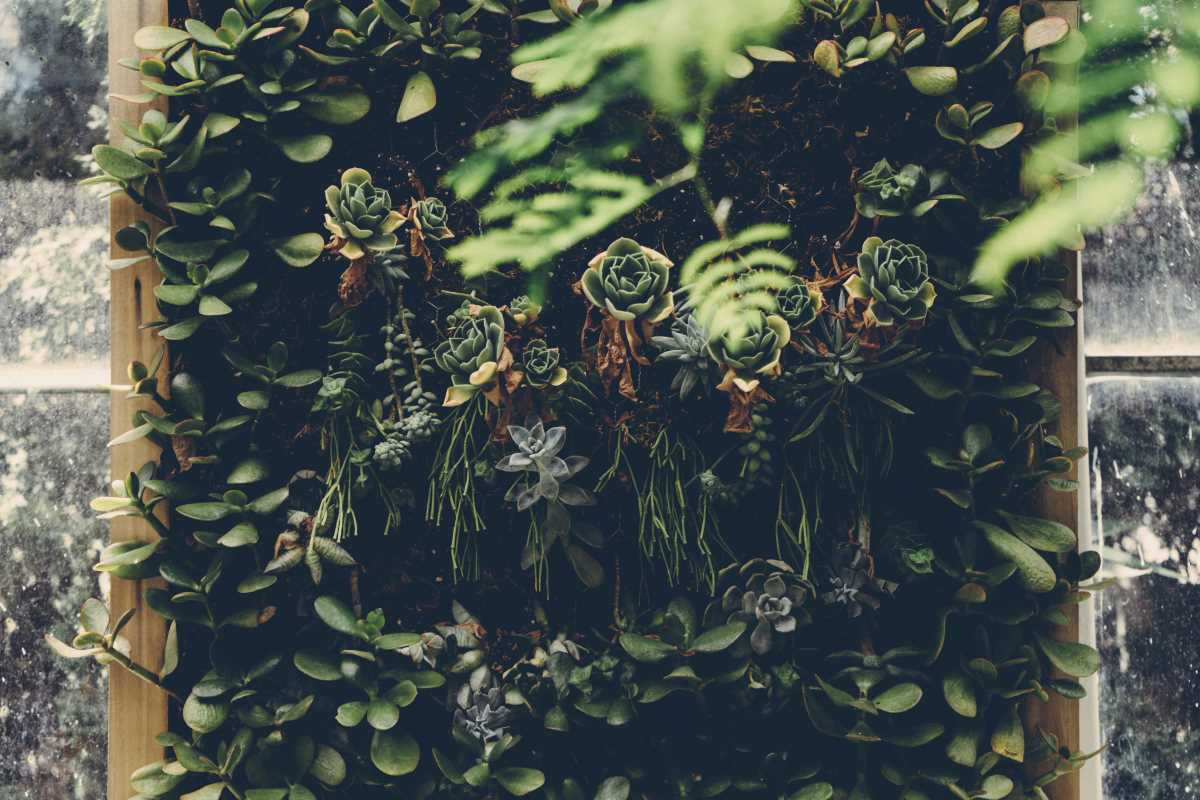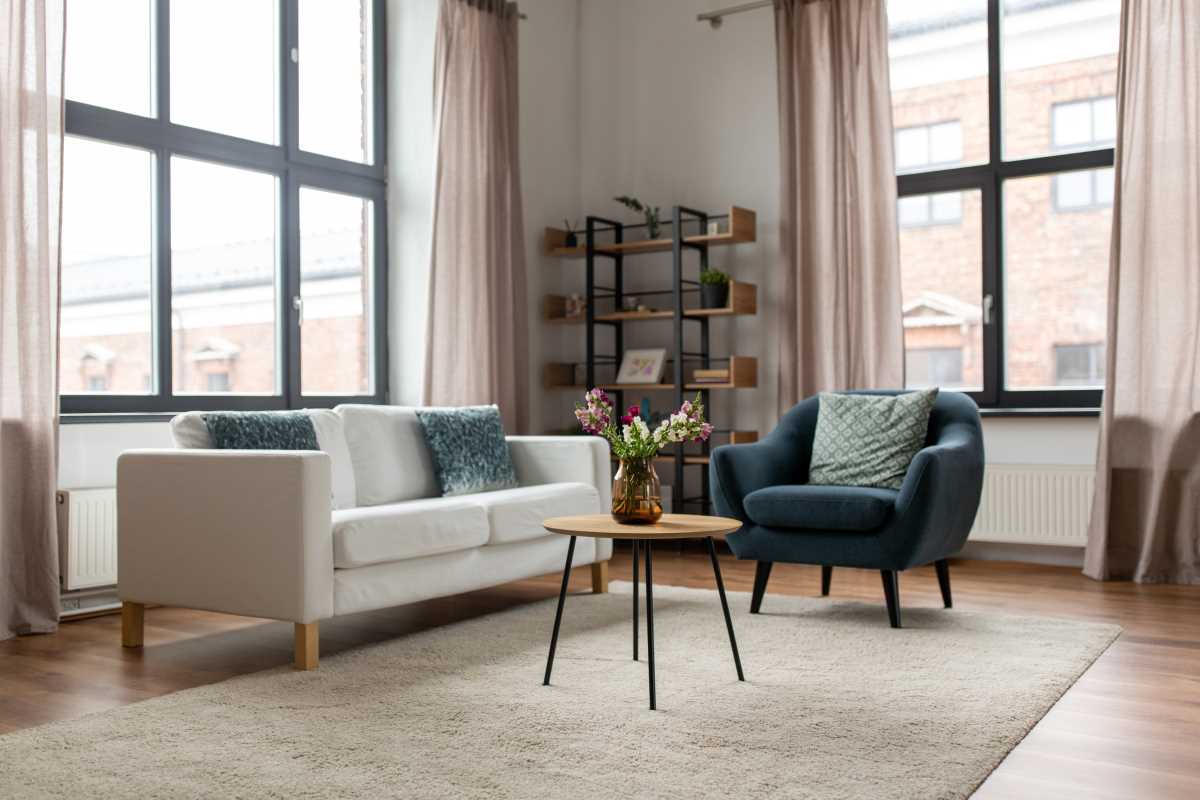Vertical gardens, often referred to as living walls, transform our approach to urban spaces and home gardening by bringing nature to unexpected places. Envision transforming a bare wall into a vibrant, green sanctuary that not only enhances the beauty of your home but also aids in cutting down household waste. These gardens offer an exciting opportunity for those who are enthusiastic about sustainability. They seamlessly combine visual appeal with a commitment to environmental care, making it possible to enjoy the benefits of nature while embracing eco-friendly practices. Vertical gardens redefine our relationship with greenery, allowing us to incorporate natural elements into our living spaces in a unique and impactful way.
What are Vertical Gardens?
Vertical gardens are installations where people grow plants on vertical surfaces, such as walls or stands, rather than on the ground. They can range from simple setups using pockets or shelves to more complex systems with integrated irrigation and lighting. Here are some key features of vertical gardens:
- Space-Efficient: Ideal for small apartments or homes with limited outdoor space, allowing you to grow plants vertically without needing a large garden area.
- Improved Air Quality: Plants naturally filter pollutants and produce oxygen, enhancing indoor air quality and creating a healthier living environment.
- Thermal Insulation: Living walls help regulate indoor temperatures by providing natural insulation, reducing the need for heating and cooling systems.
- Aesthetic Appeal: Vertical gardens add a touch of greenery and vibrancy to any space, serving as a natural piece of art that you can customize to suit your style.
- Biodiversity Boost: They support a variety of plants, attracting beneficial insects and promoting a mini-ecosystem within your home or garden.
Benefits of Living Walls
Living walls provide numerous advantages beyond their visual appeal. They significantly promote environmental sustainability and enhance the quality of life. Some of the benefits include:
- Waste Reduction: By integrating systems like a vertical compost tower, living walls help recycle organic waste, turning kitchen scraps into valuable compost for your plants.
- Energy Efficiency: Plants absorb sunlight, which reduces the amount of energy needed for lighting and cooling inside your home.
- Sound Insulation: The dense foliage and layers of plants act as natural sound barriers, minimizing noise pollution from the outside environment.
- Mental Well-being: Green spaces reduce stress and improve mood, providing a calming and invigorating atmosphere in your living space.
- Food Production: Incorporating edible plants into your living wall allows you to grow your own herbs, vegetables, and fruits, contributing to a more sustainable and self-sufficient lifestyle.
How to Build Your Own Living Wall
Creating a living wall is a rewarding project that you can tailor to fit your space and preferences. Follow these steps to build a flourishing vertical garden in your home:
- Choose the Right Location:
Select a wall that receives adequate sunlight or prepare to install appropriate lighting. Ensure the wall is structurally sound and can support the weight of the plants and the system.
- Select a System:
Decide between a DIY setup using recycled materials or purchasing a ready-made vertical garden system. Consider factors like ease of installation, maintenance requirements, and budget.
- Prepare the Structure:
Install a frame or mounting system to hold the plants securely. Ensure proper drainage by incorporating a reservoir or drip irrigation system.
- Choose Your Plants:
Opt for a variety of plants that thrive in your local climate and the specific conditions of your living wall. Mix foliage, flowering, and edible plants to create a diverse and resilient ecosystem.
- Plant and Maintain:
Carefully plant each species, spacing them appropriately to allow for growth and airflow. Regularly check and maintain the irrigation system, prune plants as needed, and monitor for pests or diseases.
Reducing Household Waste with Vertical Gardens
Implementing vertical gardens serves as a practical step towards reducing the amount of waste your household generates. One effective way to achieve this is by incorporating a vertical compost tower into your living wall setup. By composting organic waste like vegetable scraps and coffee grounds, you create a sustainable loop where waste transforms into nutrient-rich compost for your plants. This not only minimizes the volume of waste sent to landfills but also enriches your garden, promoting healthy plant growth without the need for chemical fertilizers.
Vertical gardens also help manage other types of household waste. For example, using upcycled materials for your garden structure reduces the demand for new products and repurposes items that might otherwise be discarded. Growing your own herbs and vegetables cuts down on packaging waste associated with store-bought produce, leading to a more sustainable kitchen routine.
Incorporating a Living Wall into Your Home
Adding a living wall to your home goes beyond enhancing its appearance; it commits you to a greener, more sustainable lifestyle. Start by assessing your space and determining the best location for your living wall, whether indoors or outdoors. Invest in high-quality materials and plants that suit your environment, and consider professional installation if needed to ensure the system sets up correctly. Regular maintenance is key to keeping your living wall vibrant and healthy—water your plants, trim them as necessary, and replace any that struggle to thrive. Integrating a living wall into your home contributes to the environment and creates a serene and inspiring space that reflects your eco-conscious values.
Vertical gardens with living walls reduce waste, purify air, and enhance home beauty, aligning with sustainable living. Whether experienced or new, starting small and creative can lead to a flourishing green future.
 (Image via
(Image via





